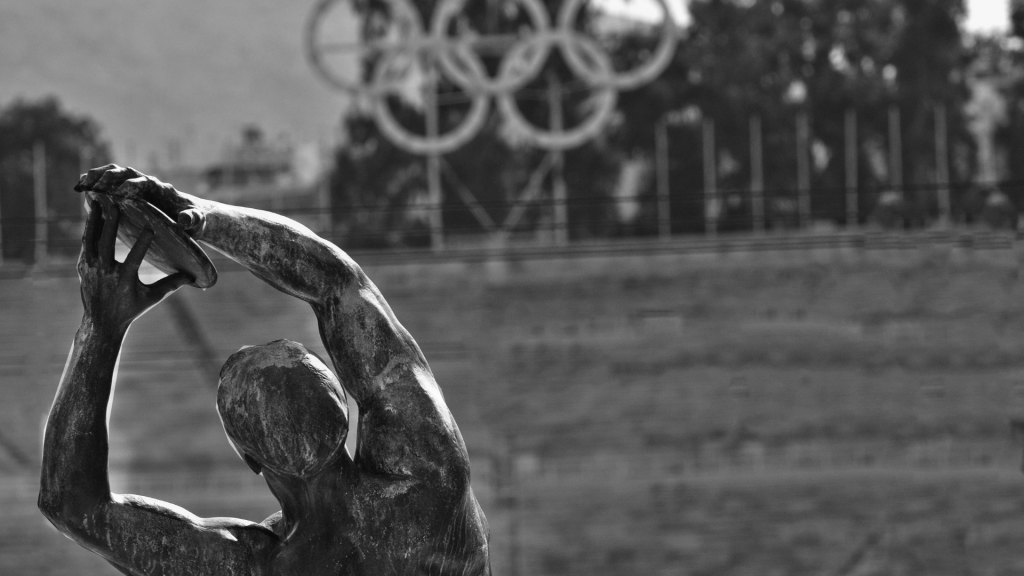The Olympics is an ancient event and has long been practiced in honor of the Olympian God Zeus. Today the Olympics is prestige event that unites the world to compete in many kinds of sports. You have probably watched or even attended this event by now.
But there is something you probably didn’t know so that’s why I’m here to tell you five surprising facts about the Olympics.
-
Gold Medals Are Mostly Made of Silver
You may have believed that the gold medal in the Olympics event is composed of pure gold and wrong. The 1912 Olympics have issued pure gold medals, but today’s Olympic medals are made out of silver and have gold plating on them. The Olympic medals are silver with 6 to 8 grams of gold and each Olympic event provides medals with different amounts of gold plating.
The 2018 Olympics in South Korea featured the heaviest medal ever recorded. It weighed 586 grams and would sell around 1400 USD per ounce. So now you know, today’s Olympics only provides silver medals with gold plating that would cost not more than 2,000 USD. A pure gold medal would cost around 30,000 USD this is probably the reason why the modern Olympic medals are only 92% silver and only 2-3% gold.
-
The Olympic Torch Relay Is Not an Ancient Tradition
Did you know that the opening ceremony in Olympics involves a torch relay ceremony, and it has nothing to do with the Greek ancient tradition? Olympics torch relay is not a tradition but rather a propaganda tool to showcase the superiority of the Nazis Aryan race. This was first introduced by Carl Diem at the summer Olympics 1936 in Berlin, organized by the Nazis guided by the superior joseph Goebbels.
The Nazis purely make the entire torch relay we thought that originated in Olympia. The torch was crafted by a German arms manufacturer called Krupp and made with iron-clad that features magnesium burning elements designed by a Nazi chemist that can stay lit regardless of the weather condition.
-
Olympic Rings Colors
The founder of the modern Olympics, Baron Pierre de Coubertin, has picked five different colors to use in the Olympics rings (blue, green, black, red, and yellow). This features every country that has participated in the Olympic events. He believes that at least one of these colors can be found on each flag representing the country. He was clever enough to think this because after all, the Olympics is about unity, sportsmanship, and showcasing hidden abilities.
-
Women Are Not Allowed to Participate in Ancient Olympics
In the early 1900s, the Olympics events were only made for men, and women were not allowed to participate in any event because they have their similar festival that honors the wife of Zeus Heraea. However, in modern Olympics, women are now allowed to participate in the event regardless of race. It started in the 1900 summer Olympics in Paris when women were given the first opportunity to participate in the Olympics and it’s amazing to see that in today’s modern Olympics, you will see many female athletes and events specifically made for women.
-
Olympics Event Cancellation
To respect the ancient origins of the Olympics, the schedule of this event was not changed for 100 years. Olympics events are conducted in a random country (host) every four years. However, Olympic events have been canceled three times due to world war 1 and 2, which has brought nothing but famine and death to many people.
Olympics is not only entertainment but also a patriotic event that showcases talents all over the world. Even though you are not a fan of sports, there are some amazing facts about the Olympics. Olympics athletes prepare years of training for this event as the prestigious events showcase the ability of the athlete.

